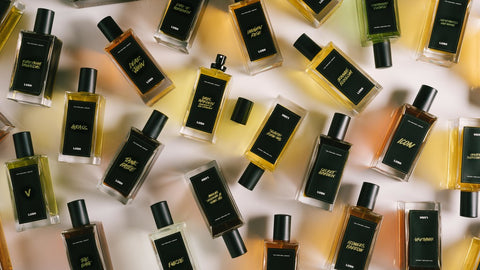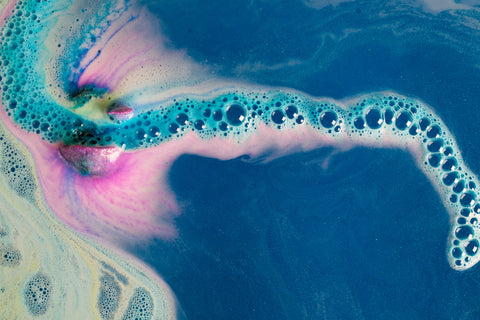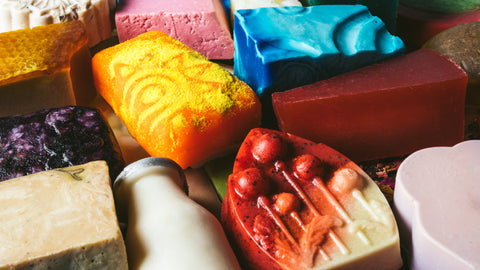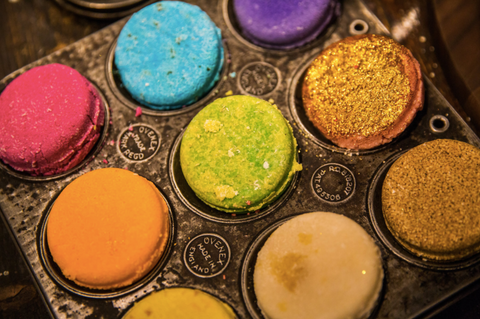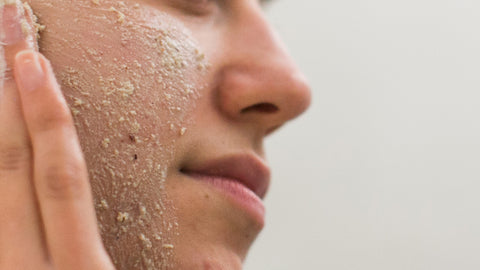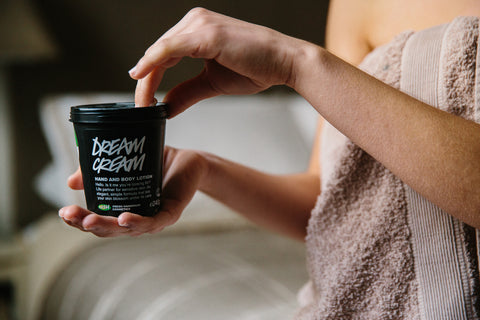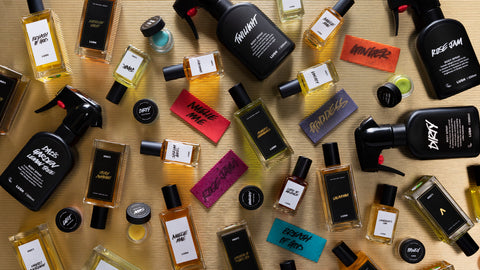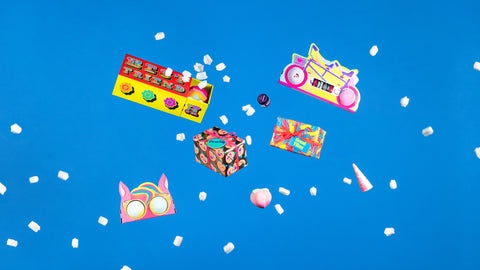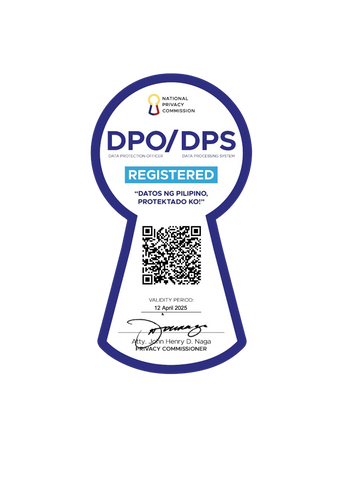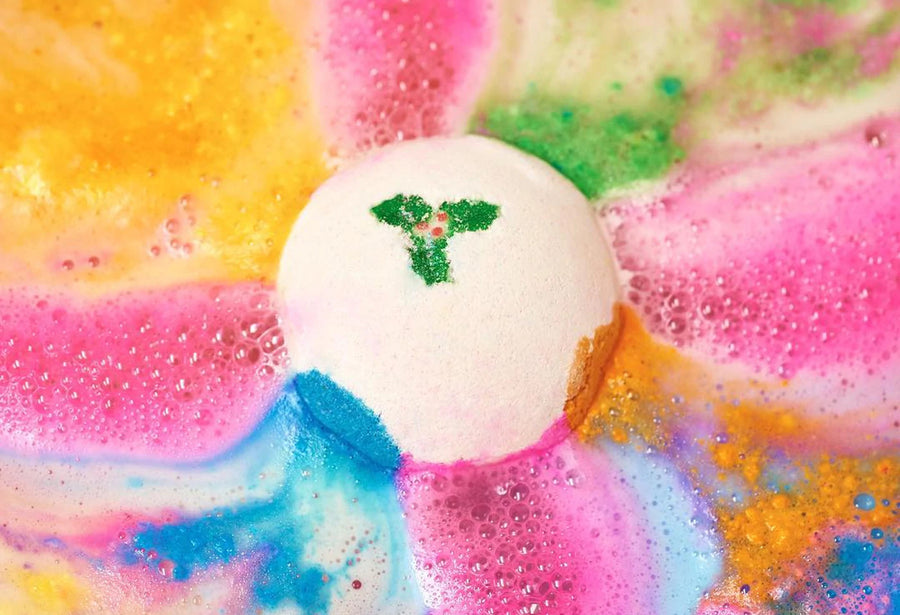Subtotal: 0.00 PHP
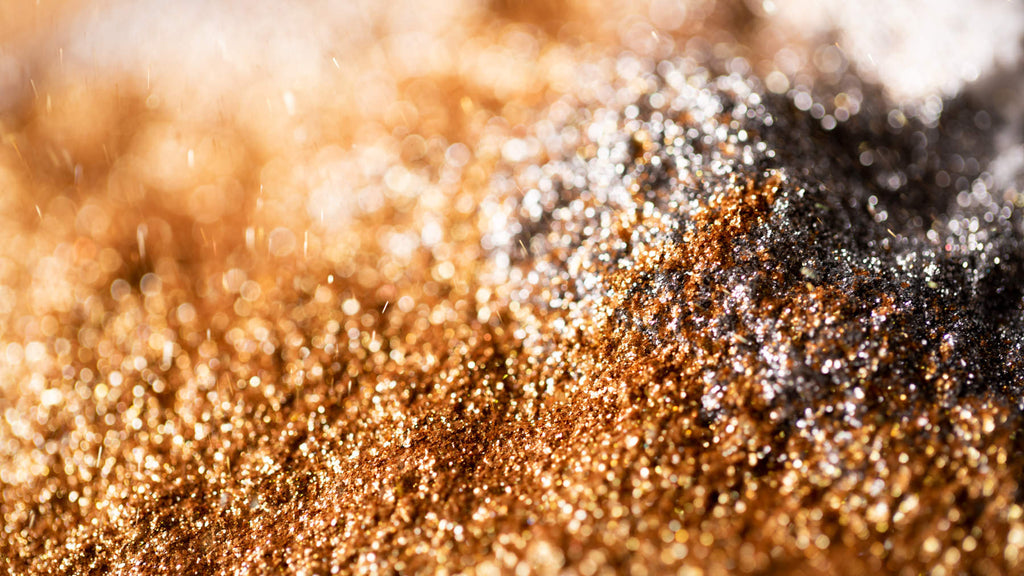
All that glitters...
Razzle dazzle them with glitter that doesn't equate to environmental damage or child labour.
Many glitters contain PET or microplastics. These often end up in the ocean, damaging marine wildlife and polluting our seas with plastics that do not break down. But your love of glitter can be fulfilled without plastic. A new kind of sparkle, made from synthetic fluorphlogopite (also referred to as synthetic mica), is adding the dazzle to bath bombs, shower gels and all kinds of cosmetics.
Synthetic mica is a man-made material designed to mimic the shimmer effect of natural mica, which is made up of natural minerals. So, instead of filling your bathroom with plastics that aren’t biodegradable and potentially toxic to marine wildlife, you can sit back and enjoy your bath safe in the knowledge it won’t have a negative impact on the environment.
Synthetic mica is synthesised in a lab to mimic natural mica. Lush made the decision to move to synthetic mica after encountering some difficulties with the natural mica supply chain which meant we could no longer guarantee that no child labour was being used in the process. You can read more about this in this comprehensive FAQ on Lush and mica.
For these reasons, Lush made the commitment not to use any natural mica based pigments in products. As of the 1st January 2018 natural mica will no longer be used in production. We expect there will still be some stock left on the shelves containing natural mica, which we will be selling through to prevent waste, but no natural mica will be used in the making of products as of the above date. This has involved removing natural mica where it occurred as a sole ingredient, as well as in those cases where it was a component of a pigment.
While mica occurs naturally, the level of processing it undergoes to remove heavy metals or clean it can be very intensive. Once coated with the dye or pigment it is almost an inert material. So, whether it’s synthetic mica or natural mica, there’s always an element of chemical processing to make it safe for human use.
All materials and pigments are controlled by cosmetics regulations, which stipulates what percentages of pigment, or material such as mica can be used safely in cosmetics. We also use other pigments made with borosilicate, which are thin glass flakes made of different minerals i.e. calcium or sodium coated with dye. In terms of environmental impact, these are naturally occuring material, as are the dyes used to coat them. The synthetic mica works as a substrate or a base for the dye to be applied on, so it's basically a mineral coating another mineral at different levels, depending on the desired effect.
Lush products (sparkly or not) use food-safe colourings as much as possible, synthetic mica, minerals and natural starches. Of all the glitter and lustre that flows out through your bathroom, some of which may make its way back to the ocean, it will all be harmless for the environment, and stand against child labour.
You can read more about why Lush will no longer be using natural mica in the production of products here.
